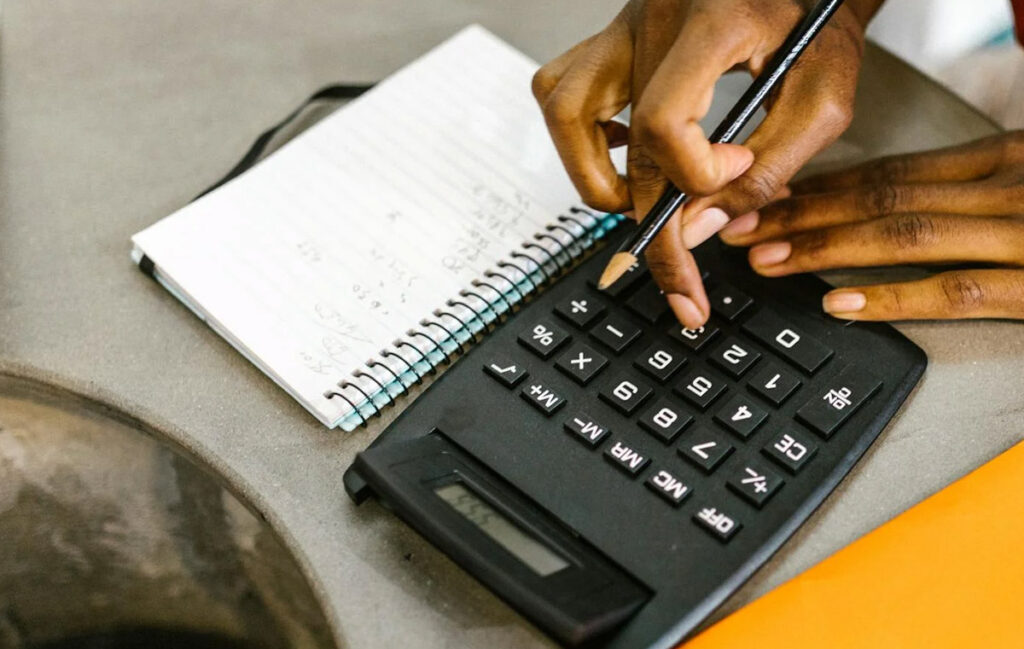Managing your finances can feel overwhelming at times, but one of the most straightforward and effective budgeting methods is the 50/30/20 rule. This budgeting technique divides your income into three clear categories, making it easier to balance your spending and savings. In this article, we’ll explain how the 50/30/20 Budget Calculator works, and we’ll give you some real-life examples of how you can allocate your money in each category.
You can use the budget calculator below to see how much you need to allocate to your needs, wants, and savings based on your monthly income.
50/30/20 Budget Calculator
Your Budget Breakdown:
Needs/Necessities
₱0
Wants
₱0
Savings/Debt Payment/Investment
₱0
What is the 50/30/20 Rule?
The 50/30/20 rule is a budgeting technique that divides your monthly income into three key areas:
- 50% for Needs
- 30% for Wants
- 20% for Savings and Investments
By following this rule, you can ensure that your essential expenses are covered, while still allowing room for enjoying life and saving for the future. The best part is that the 50/30/20 Budget Calculator helps you apply this system quickly by automatically breaking down your income into the three categories.
How Does the 50/30/20 Budget Calculator Work?
The 50/30/20 Budget Calculator allows you to input your monthly income in Philippine Pesos (PHP), and it will automatically calculate the ideal distribution of your income based on the 50/30/20 rule. Once you enter your income, the calculator will break it down into:
- 50% for Needs
- 30% for Wants
- 20% for Savings/Debt
This quick and easy tool ensures you don’t miss out on financial planning and gives you a clear view of where your money should go each month.
Example Breakdown in Philippine Pesos (PHP)
Let’s take an example based on a typical monthly income in the Philippines. Suppose your monthly income is PHP 30,000. Here’s how the 50/30/20 rule would apply:
1. Needs (50%):
The “Needs” category covers essential living expenses—expenses that are necessary for survival. This includes:
- Rent or mortgage payments (PHP 8,000 – PHP 15,000 depending on location)
- Utilities (electricity, water, internet) (PHP 2,000 – PHP 4,000)
- Groceries (PHP 3,000 – PHP 6,000)
- Insurance (health insurance, car insurance, etc.) (PHP 500 – PHP 2,000)
- Transportation (commuting costs or fuel) (PHP 1,000 – PHP 3,000)
In this example, 50% of PHP 30,000 equals PHP 15,000. So, you would allocate PHP 15,000 for all essential expenses.
2. Wants (30%):
The “Wants” category covers discretionary spending—things you enjoy but don’t absolutely need. This can include:
- Dining out (PHP 2,000 – PHP 4,000)
- Entertainment (movies, streaming services, shopping) (PHP 1,500 – PHP 3,000)
- Travel (weekend getaways or vacations) (PHP 3,000 – PHP 5,000)
- Hobbies (sports, fitness, and leisure activities) (PHP 1,000 – PHP 2,000)
For this example, 30% of PHP 30,000 equals PHP 9,000. Therefore, you would allocate PHP 9,000 to these non-essential, but enjoyable, expenses.
3. Savings and Debt Repayment (20%):
The final portion of your income should be allocated to securing your financial future. This can include:
- Emergency fund (aim for at least 3 to 6 months’ worth of expenses)
- Retirement savings (such as an investment in Pag-IBIG, SSS, or mutual funds)
- Debt repayment (credit card payments, student loans, etc.)
- Investments (stocks, bonds, business ventures)
In this case, 20% of PHP 30,000 equals PHP 6,000. So, you would set aside PHP 6,000 for savings and debt repayment, helping you build financial security.
Putting It All Together: Budget Example for PHP 30,000
Based on a monthly income of PHP 30,000, here’s how the 50/30/20 budget would look:
- Needs (50%): PHP 15,000
- Wants (30%): PHP 9,000
- Savings/Debt Repayment (20%): PHP 6,000

Why Use the 50/30/20 Budget?
The 50/30/20 rule offers several advantages that can help you take control of your finances:
- Simplicity: The budgeting method is easy to understand and apply. You don’t need advanced financial knowledge to follow the 50/30/20 rule, and the 50/30/20 Budget Calculator makes it even easier by automating the process for you.
- Balanced Spending: It helps you create a balanced approach to managing your income—ensuring your essential expenses are covered, while still allowing room for fun and savings.
- Flexibility: If you need to prioritize certain financial goals (such as paying off debt or saving for a home), you can tweak the percentages slightly. For instance, if you’re aggressively paying off a credit card, you can allocate a larger percentage to savings or debt repayment.
The 50/30/20 rule is an effective way to manage your finances without feeling restricted. Whether you’re living in Manila, Cebu, Davao, or anywhere else in the Philippines, this budgeting method can help ensure you have enough for your essentials, some fun, and your future.
By using the 50/30/20 Budget Calculator, you can quickly break down your monthly income into Needs, Wants, and Savings/Debt categories, making it easier to stick to your financial goals. So, if your monthly income is PHP 30,000, for example, you’d allocate PHP 15,000 for needs, PHP 9,000 for wants, and PHP 6,000 for savings and debt repayment.
Use this tool to take charge of your money, create a balanced budget, and move toward achieving your financial goals, whether it’s building an emergency fund, investing for the future, or simply making smarter spending choices.
Read Also: How To Invest In Real Estate: Everything You Need To Know